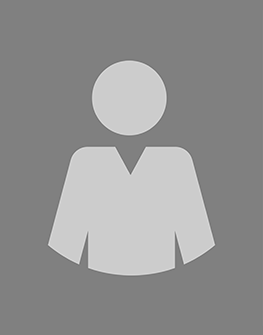Overactive bladder (OAB) is a common condition that causes a sudden and uncontrollable urge to urinate, often leading to frequent trips to the bathroom and, in some cases, involuntary urine leakage (urge incontinence).
OAB occurs when communication between the brain and bladder misfires. The brain sends a signal to your bladder that it’s time to contract and empty, even when your bladder isn’t full.
There are two types of overactive bladder:
- OAB-dry – urgency and frequency without leakage
- OAB-wet – urgency with involuntary leakage
OAB is very common but that doesn’t mean you have to live with the symptoms or accept it as a normal part of getting older. Nor should you feel embarrassed or limit your work and social activities. Today treatment options are highly effective and tailored to your individual needs.
Causes and Risk Factors
Several conditions and factors can increase a woman’s risk of developing OAB, including:
- Urinary tract infections (UTIs)
- Nerve damage resulting from previous surgery, or abdominal or pelvic trauma
- Neurological conditions such as multiple sclerosis, Parkinson’s disease or stroke
- Menopause
- Medications that increase urine production (e.g. diuretics)
- Consuming alcohol, caffeine, spicy foods or other drinks and foods that can irritate the bladder
- A history of bladder cancer or bladder stones
- Normal pressure hydrocephalus—a brain condition that can affect bladder control
Symptoms of Overactive Bladder
OAB causes a group of symptoms, all of which can affect a woman’s quality of life:
- Frequent urination (8 or more times in 24 hours)
- An urgent and uncontrollable need to urinate
- Involuntary urine leakage (urge incontinence)
- Feeling like the bladder is never completely empty
- Waking up 2 or more times a night to urinate (nocturia)
Treatment Options
There are several effective ways to manage and reduce the symptoms of OAB, including:
- Lifestyle changes – including limiting alcohol and caffeine, maintaining a healthy weight to reduce pressure on the bladder, adjusting fluid intake (especially in the evening), and quitting smoking
- Pelvic floor physical therapy – specially trained physical therapists teach targeted muscle exercises to strengthen pelvic floor muscles and improve bladder control
- Bladder training – a method to strengthen the bladder muscles by delaying urination
- Medications – oral medications called antispasmodics or anticholinergics help relax the bladder and reduce urgency
- Botox injections – help to reduce involuntary contractions, with results typically last 6 to 8 months
- Sacral nerve stimulation – a device similar to a pacemaker is implanted under the skin of the abdomen to send mild electrical impulses to nerves that control the bladder
- Surgery – may be recommended for severe or treatment-resistant cases
Why Choose Cooper to Diagnose and Treat Overactive Bladder
Cooper University Health Care offers a comprehensive urogynecology program that is on the forefront of care for overactive bladder in women. Women trust Cooper for our:
- Compassionate, expert care: Our fellowship-trained urogynecologists offer a full range of today’s most advanced diagnostic and treatment options, delivered in a caring, sensitive manner
- The only pelvic floor physical therapy (PT) program in the region: this specialized form of rehabilitation focuses on strengthening the pelvic floor to help control overactive bladder
- Minimally invasive surgical expertise: Cooper is the only health system in the region to offer robotic surgery for pelvic floor disorders and overactive bladder, resulting in faster recovery, reduced pain and minimal scarring
- Academic excellence: Our urogynecologists are faculty at Cooper Medical School of Rowan University, training the next generation of specialists
Schedule an Appointment
To schedule an appointment with a Cooper urogynecologist for your overactive bladder, please call 800.8.COOPER (800.826.6737).
